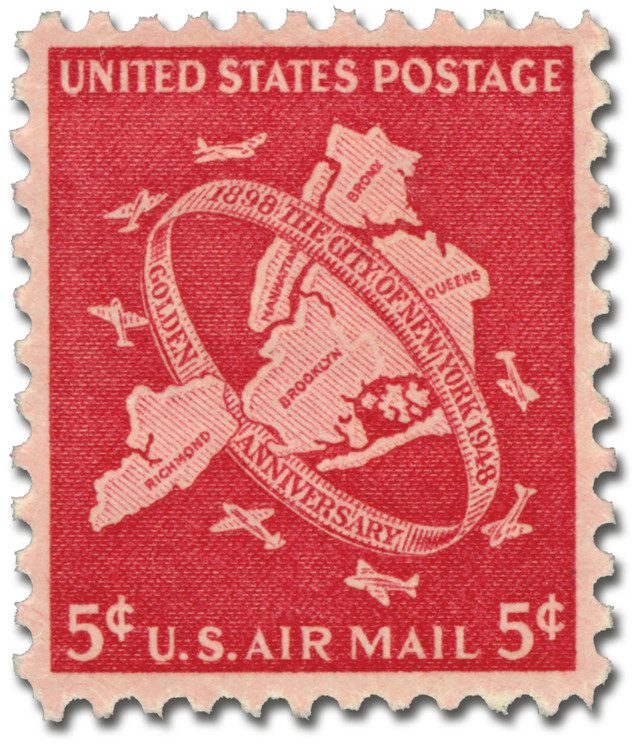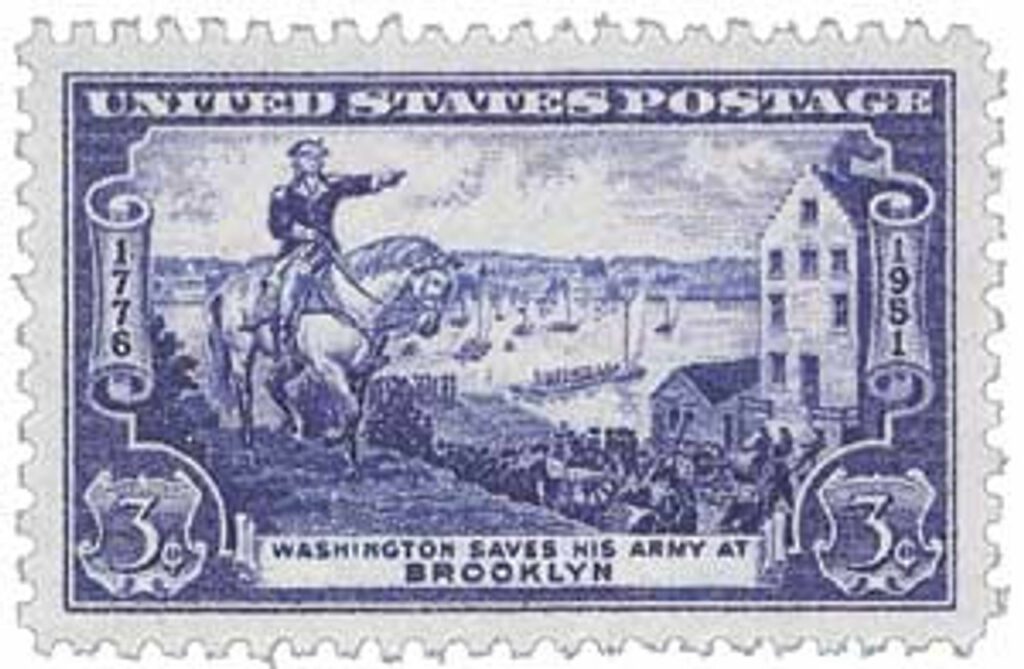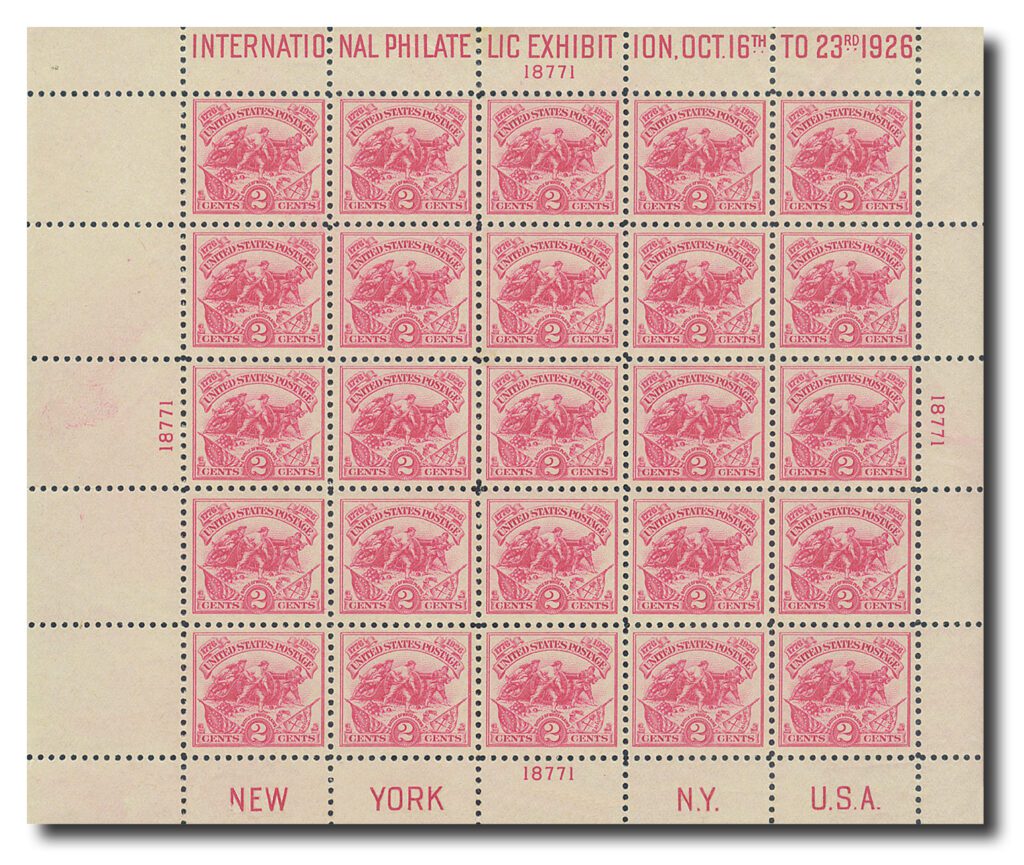
The Battle of Harlem Heights, fought on September 16, 1776, was one of the most important early morale-boosting victories for the Continental Army during the Revolutionary War. It came at a time when General George Washington and his troops were reeling from several defeats and desperately needed a reason to believe they could stand against the powerful British Army. Though the battle was relatively small compared to others in the war, it played an important role in lifting the spirits of the American troops and proving that they could go toe-to-toe with the British on the battlefield.

In the summer of 1776, the situation for the Continental Army had been growing worse. After the British evacuated Boston following its siege, they set their sights on New York City. Washington brought his army to New York, hoping to defend the city, but the Americans were outnumbered and outgunned. In late August, Washington suffered a major defeat at the Battle of Brooklyn (also known as the Battle of Long Island), forcing him to retreat across the East River to Manhattan. He then abandoned most of Manhattan except for the area around Harlem Heights, a hilly region on the northern part of the island that offered a stronger defensive position. Morale was low, and the soldiers were exhausted from constant marching and retreating. Many feared that the war might soon be lost.

The British commander, General William Howe, wanted to crush Washington’s army quickly and end the rebellion. On September 15, the British landed troops at Kip’s Bay on the east side of Manhattan. Their landing forced Washington’s army to retreat north once again, eventually settling near Harlem Heights. This area gave the Americans a natural advantage: the ground was higher, and they could use the hills and woods for cover.

Several key American commanders played critical roles in preparing the army for battle. Major General Nathanael Greene, one of Washington’s most trusted officers, oversaw much of the defense of Harlem Heights and helped place the troops in strong positions on the high ground. Major General Israel Putnam, a veteran of earlier campaigns, was also instrumental in organizing the American lines and directing troop movements during the engagement. Both Greene and Putnam’s leadership ensured that the Continental Army was ready to respond quickly when the British attacked.
The fighting began early on September 16, when a detachment of American troops under Colonel Thomas Knowlton, leader of a special unit known as “Knowlton’s Rangers,” and Major Andrew Leitch of Virginia encountered British light infantry and Hessian troops near the American picket line. Knowlton’s Rangers were some of the first organized intelligence and reconnaissance troops in the Continental Army, and they were highly respected for their skill and bravery. In the initial clash, the Americans were forced to fall back, but Washington quickly recognized an opportunity. He ordered a counterattack designed to lure the British into a trap.
The plan worked. The Americans staged a feigned retreat, drawing the British into a narrow wooded area known as the Hollow Way. Once the British were inside, American forces attacked from both sides, surprising them. Fierce fighting broke out, and for several hours the battle raged across the fields and hills of Harlem Heights. The Americans used the terrain to their advantage, staying hidden in the woods and firing from cover. Colonel Thomas Knowlton was mortally wounded during the battle, becoming one of the highest-ranking American officers to die in action that day. His death was deeply felt by Washington, who called him “a gallant and brave man.”

Although the British eventually brought up reinforcements, Washington wisely chose not to press the attack too far. He ordered his men to fall back to their original positions once it became clear the enemy was no longer advancing. The British suffered roughly 90 casualties, while the Americans had around 30 killed and wounded. This was the first time in the New York campaign that the Continental Army had met the British in open battle and forced them to retreat.

The Battle of Harlem Heights restored confidence in the American soldiers, who had begun to doubt their ability to stand up to the well-trained British Army. Washington himself was encouraged by the outcome, noting that the day’s success proved his men were capable of fighting effectively if given good ground and proper leadership. The victory helped strengthen the resolve of both the army and the American public. Today, Harlem Heights is remembered with historical markers and memorial plaques in northern Manhattan.
| FREE printable This Day in History album pages Download a PDF of today’s article. Get a binder or other supplies to create your This Day in History album. |
Discover what else happened on This Day in History.


Slight error at he beginning. The British did not capture Boston in 1776, rather they evacuated it because their position was untenable after the guns from Ticonderoga were placed on the hills around it. They then moved on to New York. Otherwise, another good piece.
I knew Israel Putnam, who had served as an officer in Roger’s Rangers during the French and Indian War, was at the Battle of Bunker Hill. But I was unaware that he was instrumental in the Battle of Harlem Heights. Thank you for the history lesson!